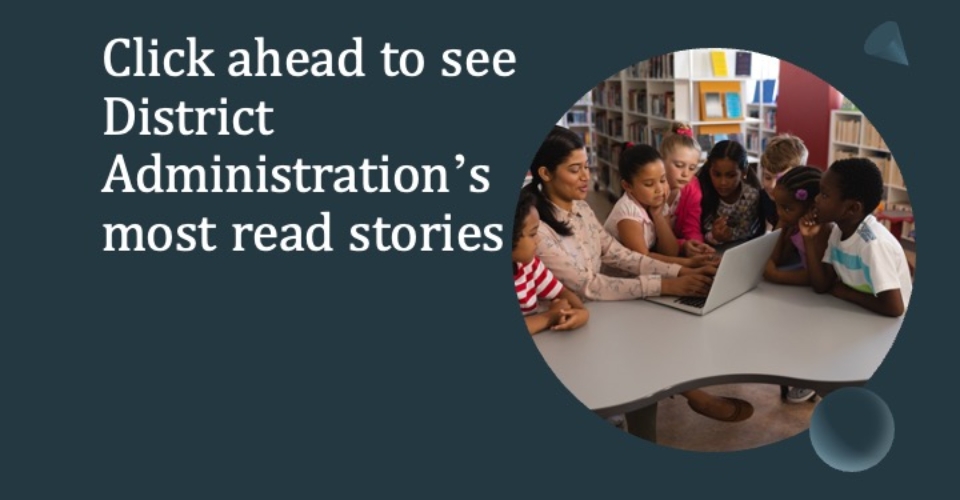If only school discipline was like the weather—cyclical and predictable—district leaders and their teams would have a better chance of intervening in brewing behavioral problems, right? Well, a new University of California study asserts that behavior and discipline can be forecasted based on the time of year, standardized testing and, unfortunately, the color of a student’s skin.

“We can predict year-long suspension rates in just the first 21 days of school. That’s information that we needed to know. And now we do,” says Jason Okonofua, assistant professor of psychology at UC Berkeley and the study’s principal investigator. Zeroing in on middle schools, the researchers found:
- Daily punishment rates jump in through the fall, drop in the days before major vacations and rise again rapidly when classes resume.
- At schools where there are wide racial disparities in discipline referrals or suspensions early in the year, discipline rates for Black students increase faster throughout the semester.
- By November, the Black student discipline rate is 10 times higher than at the beginning of the year. Compared to white students, it’s 50 times higher.
One of the researchers’ goals is to reorient the collection of student discipline data that has long been centered solely around year-end reports for state and federal regulators. While that process can help educators and policymakers examine how discipline varies in severity among schools and subgroups, “it fails to capture the day-to-day realities at school,” the study says.
More from DA: Why some teachers have no choice but to work two jobs
Researchers crunched four years of data about the daily disciplinary experiences of nearly 47,000 students at 61 middle schools in one of the 10 largest school districts in the country. The district, located in the Southeastern U.S., had implemented more sophisticated discipline data tracking and the results—and especially the disparities—were startling. “It is incredibly important, useful and valuable to know we should do a specific type of intervention at a specific point in the year based on the real-time data,” Okonofua said. “That’s where we’re going to get the biggest bang for our buck. If we can be more cost-efficient, everybody wins.”
Disrupting a downward spiral of school discipline
When district leaders and their teams have a picture of the forecast, they can begin to disrupt it. For example, racial disparities in discipline early in the year may send the message to Black students that teachers and administrators are biased. Educators, in turn, may consciously or subconsciously decide Black students are more unruly. This predicament, of course, damages student-teacher relationships and can further school discipline disparities.
Schools are therefore encouraged to front-load activities that help students develop a sense of belonging and build relationships with teachers at the beginning of the school year.
“School breaks precipitate short-lived but prominent declines in both daily discipline rates and daily discipline disparities,” say the researchers, who also offered guidance on how to capitalize on the decline and eliminate the regression. For instance, educators might consider adding activities such as morning meditation or occasional in-school celebrations that “make the school year feel less imposing and reduce student and teacher anxiety.” Schools should also experiment with interventions that allow students and teachers to reconnect right after they return from breaks and vacations.
Finally, administrators are urged to offer professional development around unconscious bias and empathy to teachers before the school year starts so they are ready to begin building trusting relationships on the first day of school.










